Once a year, my parents would take my brother and I to Adelaide to visit our relatives. Often we would stay at my father’s parents. Early in the mornings, when we were four or five, we would run in to my grandparents’ bedroom and jump onto their bed. Each morning while we stayed there, my grandfather would tell war stories about his experiences in The Tropics (Indonesia) and fighting ‘the Japs’.
Grandpa, Bon (short for Bonython), told his stories in great detail and with great enthusiasm. I can remember him smiling while telling the stories. They were real-life adventure stories. My brother knew that he had been off to some Far Off Place (Overseas) and that his experience was something special.
I must have been a teenager when it finally dawned on me that ‘the Japs’ he was talking about were Japanese. He had already died by the time I wanted to talk with him about his experiences of being in nascent Indonesia. ‘Jap’ is an unpalatable and racist term; but I feel that grandpa’s stories and his way of telling them didn’t teach my brother and myself to be racist. Instead, I remember his stories as having no ‘bad guys’ – just different characters, some who were on ‘our side’ and some who were on ‘the other side’.
***
The arrival of Sinterklaas in The Netherlands is eagerly anticipated by children and somewhat ambivalently by parents, who sense not only a moment of excitement but also the complementary festivities which complicate busy schedules. Some families travel to nearby towns to watch Sinterklaas arrive on a white horse; others wait for his arrival in their own town. Sinterklaas is celebrated on the 5-6th December, but he is in The Netherlands for three weeks. This is one of the main national celebrations: during the week before his arrival parents place small gifts in their children’s shoes which they check enthusiastically each morning. On the day of his arrival they are given their main gift. By contrast, the 25th of December is usually a much quieter, simpler affair, involving small family gatherings.
Zwarte Piet, Black Pete, is Sinterklaas’s chief assistant: he performs antics, jumps around and acts as a foil to the grandfatherly and wise figure of the long-bearded old man. He wears the outfit of a colourful court-jester and is child-like, naive and playful. During the Sinterklaas, 5-6th celebrations, children, teenagers and young adults dress up as Zwarte Piet and parade through small towns, such as Leiden. In previous years, I’ve felt uncomfortable in the presence of such performances, but with each passing year, the largely unchallenged racist portrayals of black people sticks more sharply in one’s craw.
The Dutch-specificness of the unchallenged legitimacy of Zwarte Piet is shown up well in this short film by Sunny Bergman, when he sends a few Zwarte Piets to London’s Hyde Park to test reactions. The hostility is immediate, and articulated well by Russell Brand whom is befuddled that such a racist caricature can be endorsed as harmless fun and a proud element of ‘local Dutch tradition’ .
Perhaps part of this Dutch stereotype is created through the cosmopolitan and attractive city of Amsterdam which draws so many tourists each year. But, Amsterdam is not The Netherlands; there remains many cities and small towns which reflect more conservative lifestyles and seek to uphold a stricter interpretation of what Dutch identity is. Feyenoord, ADO Den Haag and FC Utrecht fans call Ajax fans ‘the Jews’ and have been known to make hissing sounds to imitate the sound of gas being leaked into gas chambers during matches (Simon Kuper – Ajax, the Dutch, the War). FC Utrecht’s owner, Frans van Seumeren, recently condemned the actions of his supporters because it cost the club so much money in paying fines, without condemning the anti-Semitism and distastefulness of the practice. After bananas were thrown onto the field at a home Feyenoord match last season, the coach Fred Rutten denied that the club had racist fans, by turning out the old chestnut of, “we have different nationalities in our team. It’s nonsense. We make too much of it.”
***
I know Joachim through visiting a second hand bookstore on one of Leiden’s main streets. He is a friend of the bookstore’s owner, Sander – an ex-concert pianist. Joachim has an educated and calm demeanour. Discussing Zwarte Piet and the politics of Dutch identity is one sure way of having a relatively lively discussion. At least, it is a means on testing another’s perspective on sensitive matters. Joachim regards Zwarte Piet as problematic, but reacts against my blatant stating that he is a slave for Sinterklaas. For Joachim, the main sign of progress is that there is a debate happening about Zwarte Piet. But, problematically, it seems a debate in which those for Zwarte Piet remain largely unchallenged: judging by the pride in which people take in blacking up as Zwarte Piet.
I know Jurre, a graphic designer, through visiting a few of the same places together: a public park, a public library. Leiden is small enough to quickly get to know strangers: a couple of coincidental meetings and makes acquaintances with others. Jurre’s response to my question about Zwarte Piet opens up our conversation on morning. He, like another friend, Tim, asserts the line, ‘I don’t see how people don’t see that it is racist’. Jurre comes from a well-to-do family in Haarlem, yet he is no yuppy, no snob. His stance against Zwarte Piet has seen him be involved in arguments in patisseries, engaging in civil disobedience (by damaging the Zwarte Piet goods sold in department stores such as Hema or V&D) and actively seeking to influence the attitudes of his family, friends and colleagues. He sees that there is both a stalling in the debate, as well as a reluctance of some of his friends to be open or honest about the racism in the tradition.
Olaf, who did his PhD in philosophy but who now works as a professor in the medical department of Leiden University, is a friend from running training. We share a similar sense of humor and an appreciation of irony. I ask him one evening in between core-strengthening exercises of his take on Zwarte Piet. He tells, me “personally I am ambivalent regarding Zwarte Piet. I am pretty convinced that the intention of the Zwarte Piet today is not racist. Also, it is one of the very few nice traditions, though indeed an anachronism, we have in the Netherlands – we don’t have that many. Despite these considerations I can imagine that for some Zwarte Piet is directly insulting. A solution with colored Zwarte Piets seems reasonable, showing a kind of inclusive attitude […] for me in some sense Zwarte Piet is a non-issue. I think racism in he Netherlands will not disappear when we sent Zwarte Piet to an island far away. If we decide tomorrow to abandon Zwarte Piet, that’s fine with me, as long as we are not forced to take Halloween in stead. But I am pretty much convinced that Zwarte Piet will go underground.”
It is hard to take the moral high ground in debates on racism, when people respond by saying that Dutch right-wing politicians site Australia’s treatment of refugees as an example of how refugees should be treated: put them on an island and lock them up. A lazy 110 countries recently criticised Australia’s human rights record. The ongoing plight of Indigenous Australia is also indicative of unresolved identity issues and a refusal to be open and honest about our history. Indeed, I feel no interest in one-upmanship, but the shame of Australia’s human rights records proves too much of an easy temptation for some friends in our conversations. Frequently, when I arrive at running training, friends ask, ‘so, what’s up in Australia? Not enough room for any refugees?’ The condemnation is implicit by the question alone. I don’t offer a reply.
Sometimes Dutch children are taught that Zwarte Piet is black because he goes up and down chimneys delivering gifts to children. Methinks children are more intelligent than to be fooled in that manner. Sometimes they are taught that he is a freed slaved. Some parents, adults (non-children [!]) state that the colour of Zwarte Piet is not important for them: that he could be orange, green or purple. Except he isn’t. Bergman’s film, in which she simply shifts the context of Zwarte Piet shows up the potency of the Zwarte Piet character. It is unproblematic tradition for many in The Netherlands, whereas in London, blacking-up as Zwarte Piet is a deliberately hostile and provocative act. When Sinterklaas and Zwarte Piet arrived in Leiden on the 28th and 29th – I felt sadness rather than anger. I lowered my gaze and hurried out of the momentarily shared space.
My grandfather might have been a touch racist in his story-telling. So it goes. At the least, his narration was politically incorrect by contemporary standards. I remember him telling stories which contained no bad guys; as if he was narrating a scene in a play. As a teenager, my father showed me some of his old documents which he had brought home from the war. He had taught himself to read Indonesian using propaganda written by the Japanese. I choose this aspect of him to remember him by; rather than condemning him for the use of that loaded, and well, racist term, Japs.
Andy Fuller writes on football and urban culture. He lives in Leiden, The Netherlands. His website is readingsideways.net
Feature photo courtesy of Floris Looijesteijn via Flickr
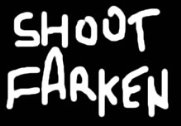
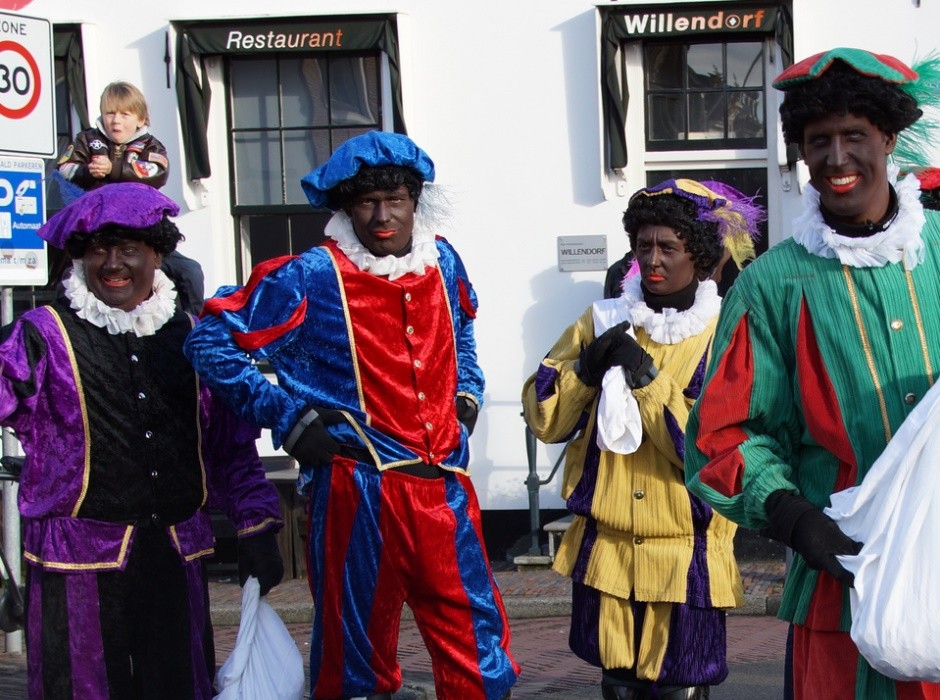


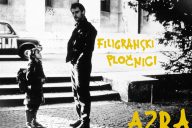
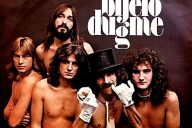










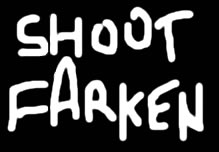
Excellent piece Andy.
More inclusive ‘colour’ and ‘rainbow’ Piets are taking off in the Netherlands in response to the justifiable criticism of Zwarte Piet. This appears to offer one means of continuing with the unique Dutch Sinterklaas tradition.